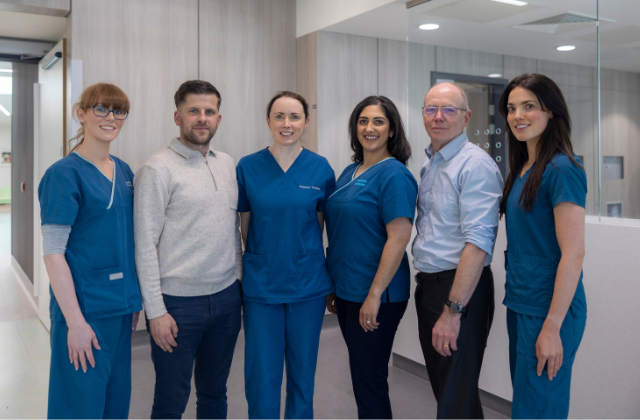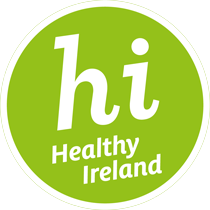You are here
Galway University Hospitals Introduce Tattoo-Less Radiotherapy Treatment

Galway University Hospitals have recently adopted advanced high-precision radiotherapy technology, eliminating the need for permanent skin marks (tattoos) for radiotherapy patients.
The new Surface-Guided Radiotherapy Technology (SGRT) offers a tattoo-free alternative to traditional radiotherapy positioning. It uses real-time 3D surface tracking for accurate patient alignment, potentially improving accuracy, efficiency, and patient experience. Using over twenty thousand reference points on the patient's skin surface, the technology can track and detect motion with sub-millimeter accuracy and will stop treatment if the patient moves. It enables precise and timely radiation treatment without the need for permanent ink marking.
Patients undergoing radiotherapy need to be positioned in a stable comfortable position for their CT reference planning scan. This position must then be consistently and accurately replicated during treatment sessions to ensure precise and effective delivery of radiation therapy. Previously, this was achieved by marking the patient’s skin with three or four tattooed dots during the CT scan. These tattoos served as reference points, allowing radiographers to accurately align the patient in the same position for each treatment session.
The primary objective of radiotherapy is to deliver the highest possible radiation dose to the cancerous area or tumour while safeguarding healthy tissue to minimize side effects. SGRT enhances this process by reducing overall treatment time, minimizing imaging dose, and enabling more precise positioning. It is used to treat various cancer types while minimizing radiation exposure to critical organs and is most commonly used in breast, prostate, lung, and rectal cancer treatments. For head and neck cancers, it is utilized with open-faced masks. Additionally, SGRT plays a crucial role in advanced radiation treatments, like stereotactic brain treatment.
Stephen Coyne, Radiotherapy Manager at the hospital, said, "This new technology represents a significant advancement for our radiotherapy patients. It enhances safety, comfort, and treatment accuracy while minimizing side effects and potentially improving outcomes.
“Additionally, patients will no longer have permanent ink marks on their skin, which some find distressing, eliminating an unnecessary source of stress during their treatment journey.”
Chris Kane Hospital Manager stated, "Our radiotherapy team is committed to constantly improving the care and treatment we provide to patients. This innovative technology will further enhance the delivery of radiotherapy treatment and elevate patient care."

